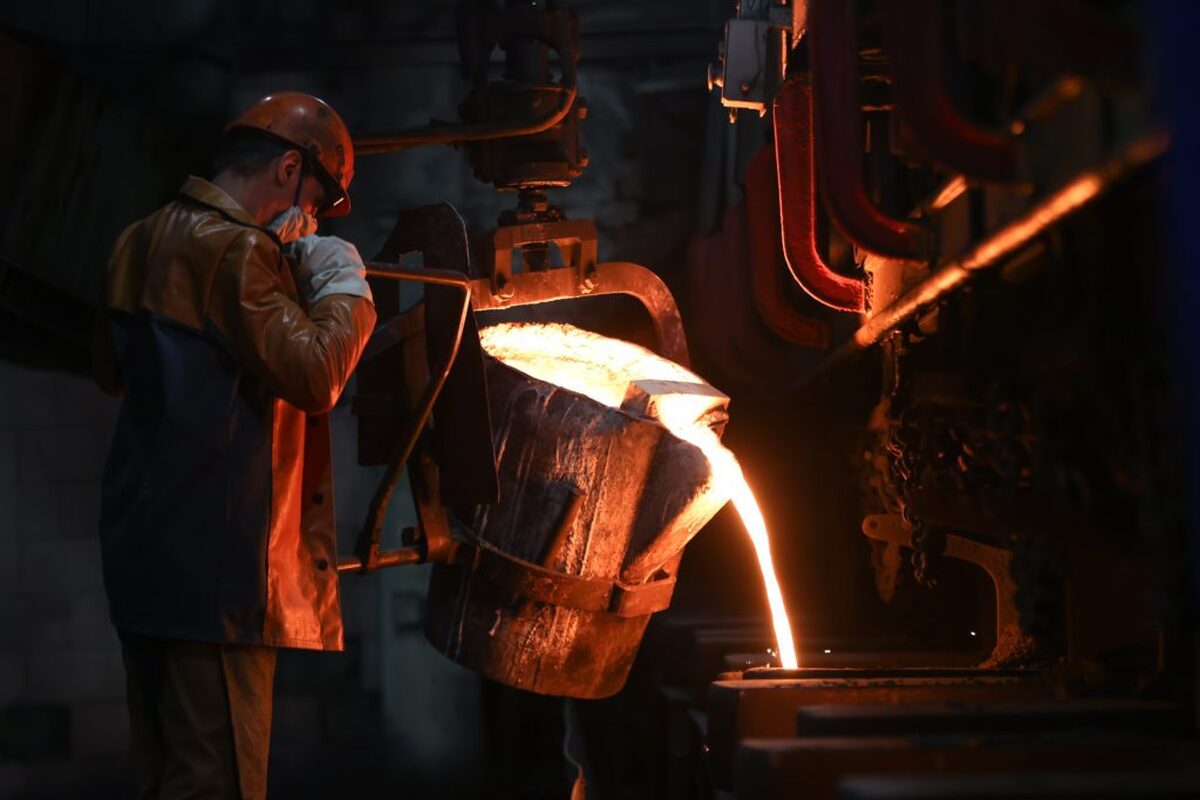
China’s non-EAF steel output stable, exports see delays

China's major mills produce steel via the blast furnace route, which accounts for around 90pc of the country's 1bn t/yr crude steel output. Operations of 73 blast furnaces had been suspended as of 21 February, affecting 210,000 t/d of pig iron output, the China iron and steel association (Cisa) said today.
The coronavirus outbreak has hit scrap-fed EAFs the hardest by slowing scrap collection and depressing demand, narrowing margins or sending them negative. EAFs typically shut down over the lunar new year holiday. But EAFs remain halted in Hubei, Sichuan, Chongqing, and Guangdong, while only around 35pc of such mills have restarted in Zhejiang province, Cisa said.
China's largest steel producer Baowu has maintained "stable and smooth" operations at its mill in Wuhan city, the epicenter of the coronavirus spread, Cisa said.
Overall steel output has resumed at two-thirds of mills, including smaller blast furnaces and EAFs, top economic planning agency the NDRC said. Over 70pc of large industrial enterprises have resumed operations in the key steelmaking provinces of Shandong and Jiangsu.
The operational update bears out how China's steel sector has been among the most immune to the effects of the coronavirus outbreak. But that resiliency has swelled mills' steel inventories as downstream demand has been stalled by the outbreak.
Mill steel inventories soared by 94pc from the start of this year to about 19mn t in early February, Cisa said.
China's transport sector is resuming operations but activity remains well below normal levels. Railway loadings are operating at 95pc of typical rates and ports are functioning as usual, NDRC said.
But Cisa said logistical hurdles for the movement of steel and raw materials persist at ports, iron ore terminals and warehouses because of restrictions to operations and insufficient personnel.
"The effect of the coronavirus on logistics has waned with more trucks coming back to work, and transportation fees also falling," an official at a steel mill in north Henan said. But steel output has not yet recovered in southern Henan, with some mills such as Xinyang Steel facing strict transport controls, he said.
Demand delays
Mills are meeting domestic orders for February that were received before the lunar new year holiday but order flows are meagre for March and April, Cisa said. It is unclear whether all March orders received before the holiday will be met. First-quarter exports will fall year on year, with February's decline to be "large". April-May exports may increase from the first quarter but still decline on a year-on-year basis, it said.
The construction sector has been slower to resume operations than the manufacturing sector, affecting steel demand. Around 60-85pc of manufacturing companies have resumed work, Cisa said.
Analysts are split on whether the return of demand, when it materialises, will be enough to boost commodity prices.
Switzerland-based bank UBS said it is possible that second-quarter demand will increase for some commodities thanks to pent-up demand and stimulus.
But US investment bank Goldman Sachs today said that recent gains in iron ore prices are unsustainable as demand is unlikely to recover in the first half of 2020, with monetary and fiscal stimulus likely to boost steel demand only in the second half of the year. The need to destock steel inventories will soften iron ore demand and prices in the next few months.
The bank forecast China's steel output will fall by 2.5pc in 2020 from its previous forecast of flat growth. China's steel output rose by 8.3pc in 2019.
By Prasenjit Bhattacharya and Chris Newman

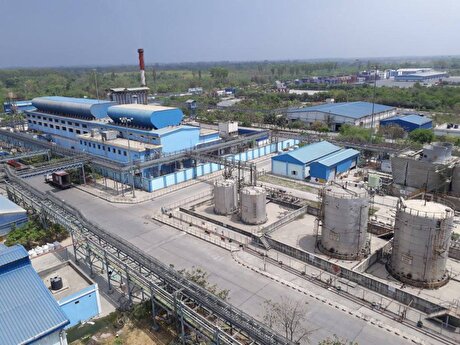
Hindustan Zinc to invest $438 million to build reprocessing plant

Gold price edges up as market awaits Fed minutes, Powell speech

Glencore trader who led ill-fated battery recycling push to exit

UBS lifts 2026 gold forecasts on US macro risks

Roshel, Swebor partner to produce ballistic-grade steel in Canada

Iron ore price dips on China blast furnace cuts, US trade restrictions

Emirates Global Aluminium unit to exit Guinea after mine seized
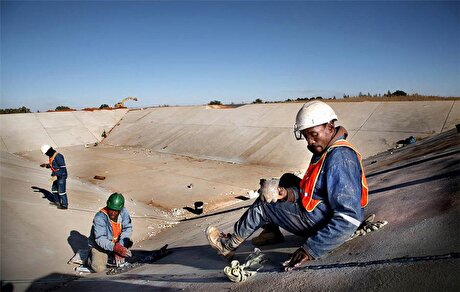
South Africa mining lobby gives draft law feedback with concerns

EverMetal launches US-based critical metals recycling platform

Barrick’s Reko Diq in line for $410M ADB backing

Gold price gains 1% as Powell gives dovish signal

Electra converts debt, launches $30M raise to jumpstart stalled cobalt refinery

Gold boom drives rising costs for Aussie producers
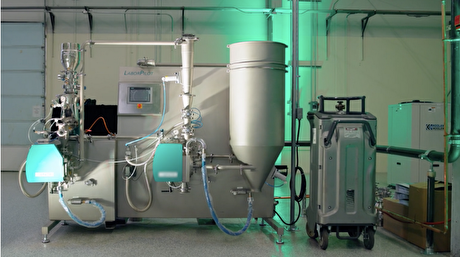
Vulcan Elements enters US rare earth magnet manufacturing race

Trump raises stakes over Resolution Copper project with BHP, Rio Tinto CEOs at White House
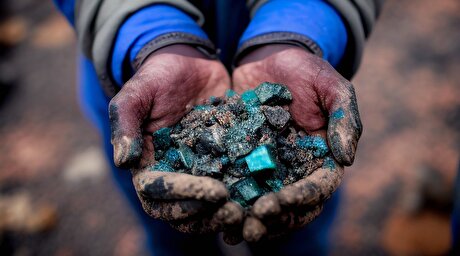
US seeks to stockpile cobalt for first time in decades

Trump weighs using $2 billion in CHIPS Act funding for critical minerals

Nevada army depot to serve as base for first US strategic minerals stockpile

Emirates Global Aluminium unit to exit Guinea after mine seized

Barrick’s Reko Diq in line for $410M ADB backing

Gold price gains 1% as Powell gives dovish signal

Electra converts debt, launches $30M raise to jumpstart stalled cobalt refinery

Gold boom drives rising costs for Aussie producers

Vulcan Elements enters US rare earth magnet manufacturing race

US seeks to stockpile cobalt for first time in decades

Trump weighs using $2 billion in CHIPS Act funding for critical minerals

Nevada army depot to serve as base for first US strategic minerals stockpile

Tailings could meet much of US critical mineral demand – study

